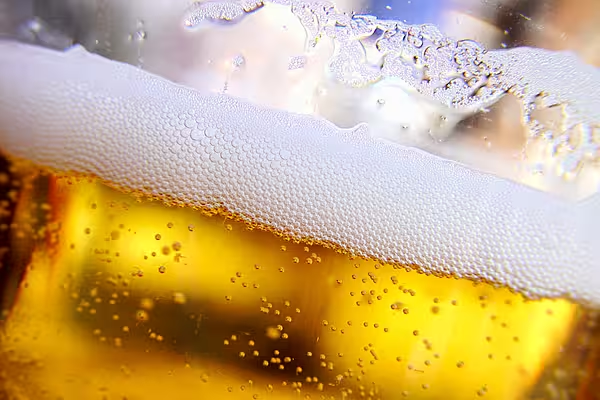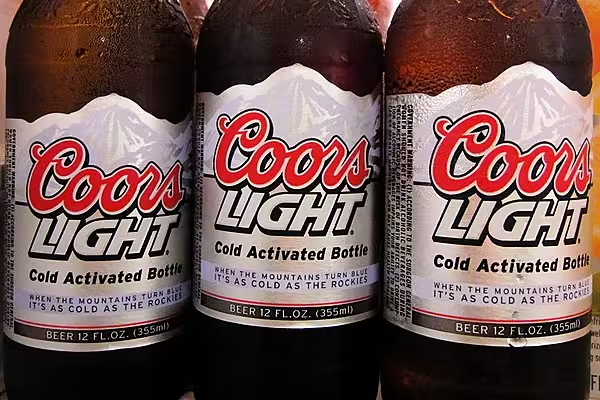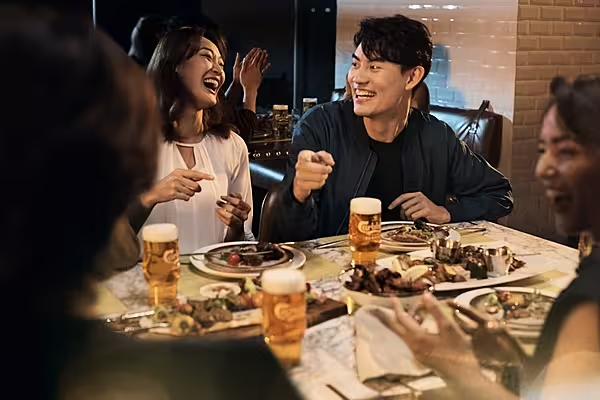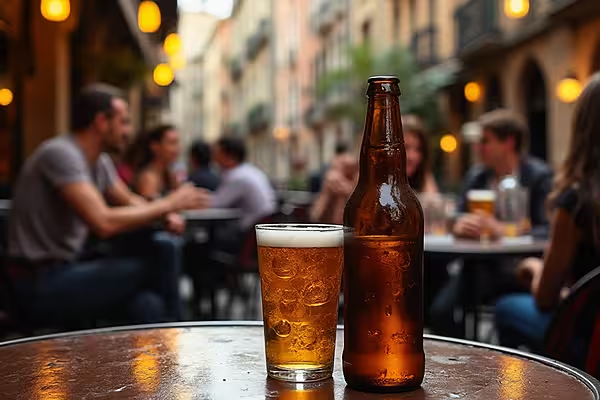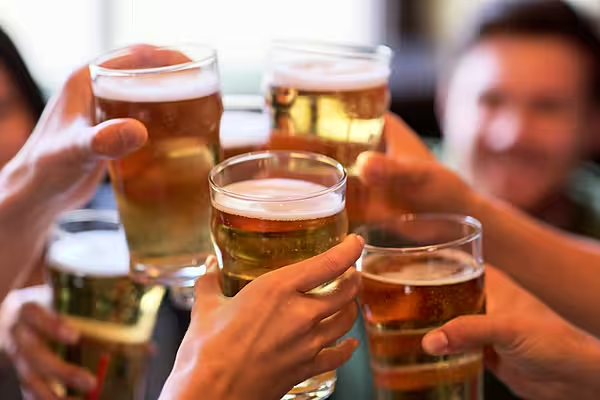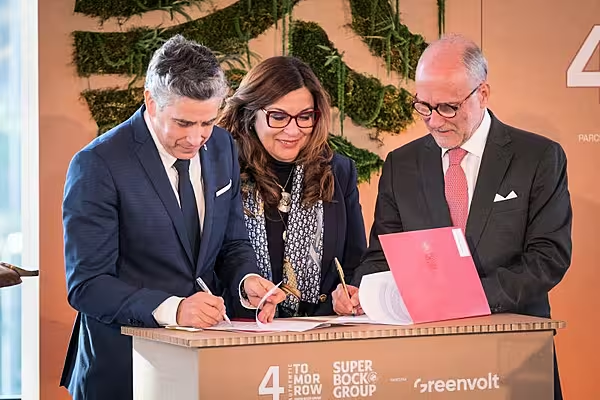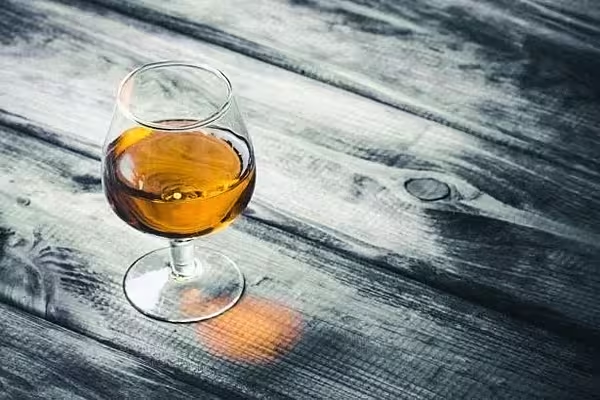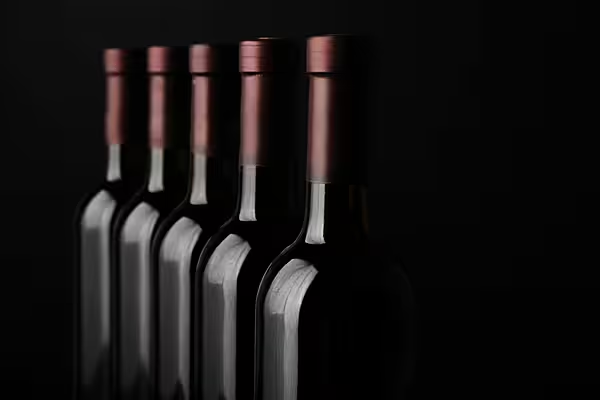Bud Light blew it with #UpForWhatever, the marketing campaign that called America’s most popular brew “the perfect beer for removing ‘no’ from your vocabulary for the night.” Critics lambasted it as tone deaf to issues of sexual assault.
Now Anheuser-Busch InBev NV is setting out to win back women with a Super Bowl ad campaign built around the idea that coming together over a frosty Bud Light can help solve the world’s problems, including unequal pay. And MillerCoors, AB InBev’s biggest U.S. competitor, says attracting more women customers is key to regaining the 10 per cent share of the market that beer has lost to wine and hard liquour over the last decade. Together the two brewers sell 72 per cent of the beer in the U.S.
“Objectification of women is going away,” said Jorn Socquet, AB InBev’s vice president of marketing for the U.S.
“We think the time is right,” said Britt Dougherty, senior marketing insights director for MillerCoors. “We’re going through a feminisation of culture.”
Making beer more “gender friendly” could add about 5 million barrels over the next five years to the industry’s annual U.S. sales of 206 million barrels, she said, and boost revenue for a soon-to-be-reconfigured industry. AB InBev is planning to buy London-based SABMiller Plc, while SABMiller has announced it’s selling its stake in MillerCoors to Molson Coors Brewing Co., based in Denver and Montreal.
Years of ads portraying women as nearly naked boy toys cavorting for the pleasure of fraternity bros have helped cap women’s beer consumption at around one-quarter of U.S. sales. Wooing women with new messages will be difficult, said Allen Adamson, former chairman of branding firm Landor Associates.
“It’s been an age-old challenge to try to get women to drink beer, so it’s a tough road to plow,” Adamson said. “After years of being very sexist and very male focused, now to say, ‘Forget all that!’ It’s going to take them time to dig themselves out of this corner they’ve painted themselves into.”
#UpForWhatever
The #UpForWhatever campaign, which drew boos from critics including John Oliver of HBO’s “Last Week Tonight,” was “grounded in substantial insights about millennials’ desire for spontaneous fun, and designed to be gender neutral,” Socquet said. “However, the work itself was overly focused on ‘living for today, not for tomorrow,’ and did not achieve the expected performance amongst all target audiences.”
Socquet said he hopes to capture more business from women with sweet drinks and colourful designer packaging.
Hence the Bud Light Lime-A-Rita, a canned faux cocktail that puts America’s No. 1 beer in a concoction that mimics margarita’s three ingredients - tequila, Cointreau (or triple sec) and lime juice.
“It’s damn complex to make a margarita - you have to buy all the ingredients, it takes a lot of time, you’re not an expert in doing so,” Socquet said. “So it’s a nice ‘smartcut’ to get a Lime-A-Rita, a tasty product, in a can, eight ounces, in the right size. So sometimes we innovate to really go after women.”
Sales of Bud Light Lime-A-Ritas’ seven flavours are down sharply this year, according to Beer Marketer’s Insights.
Societal Benefit
Dougherty said flavour doesn’t matter as much, to women or men, as how beer can be the centre of a social gathering, a reason to hang out.
“We’re sort of realising that actually it’s not that women don’t like beer, it’s that we just need to make sure we’re providing the societal benefit,” she said. “There’s societal value for men to learn to like beer because they hang out with their buddies, it’s how they bond.”
Even so, MillerCoors has scheduled a January launch of Henry’s Hard Sodas (orange and ginger ale) to join Redd’s Apple Ale, fruit-flavoured shandies and gluten-free beer as more female-friendly products.
The ultimate goal, if there’s any doubt, is to increase sales, Socquet said. An ad campaign can be gender-inclusive, universally beloved and even bring lumps to jaded TV viewers’ throats, but if it doesn’t move beer, it hasn’t done its job.
“We’ve done the puppy commercials on the Super Bowl for the last three years and everybody loves them,” he said. “They have zero impact on beer sales. Those ads I wouldn’t air again because they don’t sell beer.”
News by Bloomberg, edited by ESM. To subscribe to ESM: The European Supermarket Magazine, click here.
